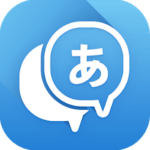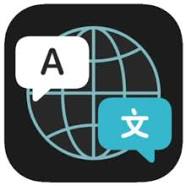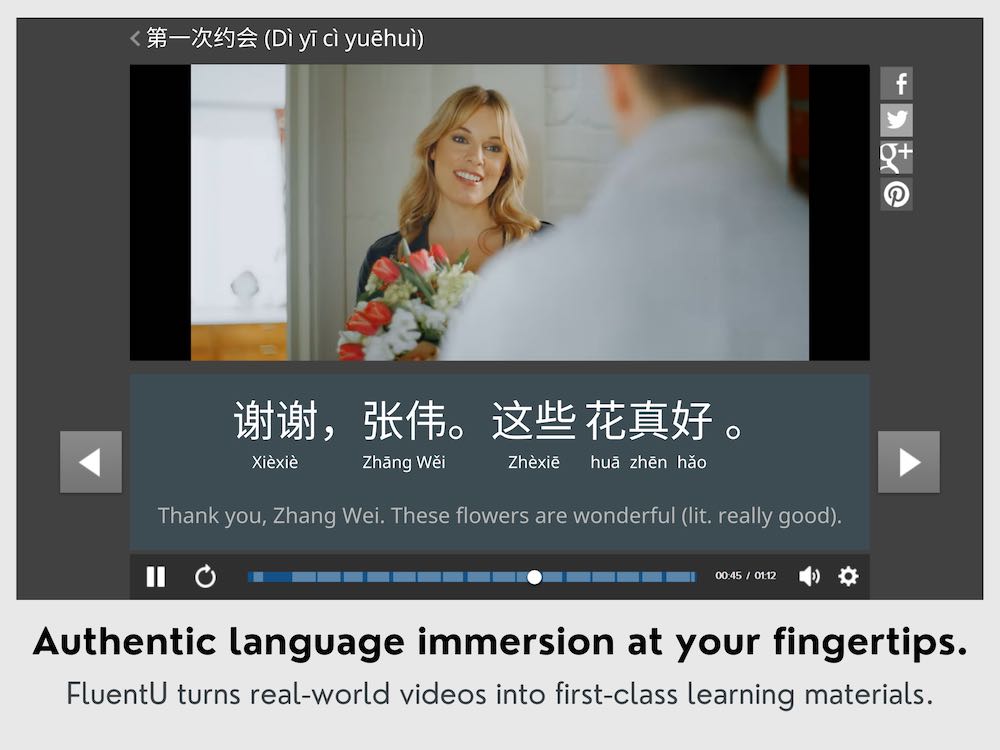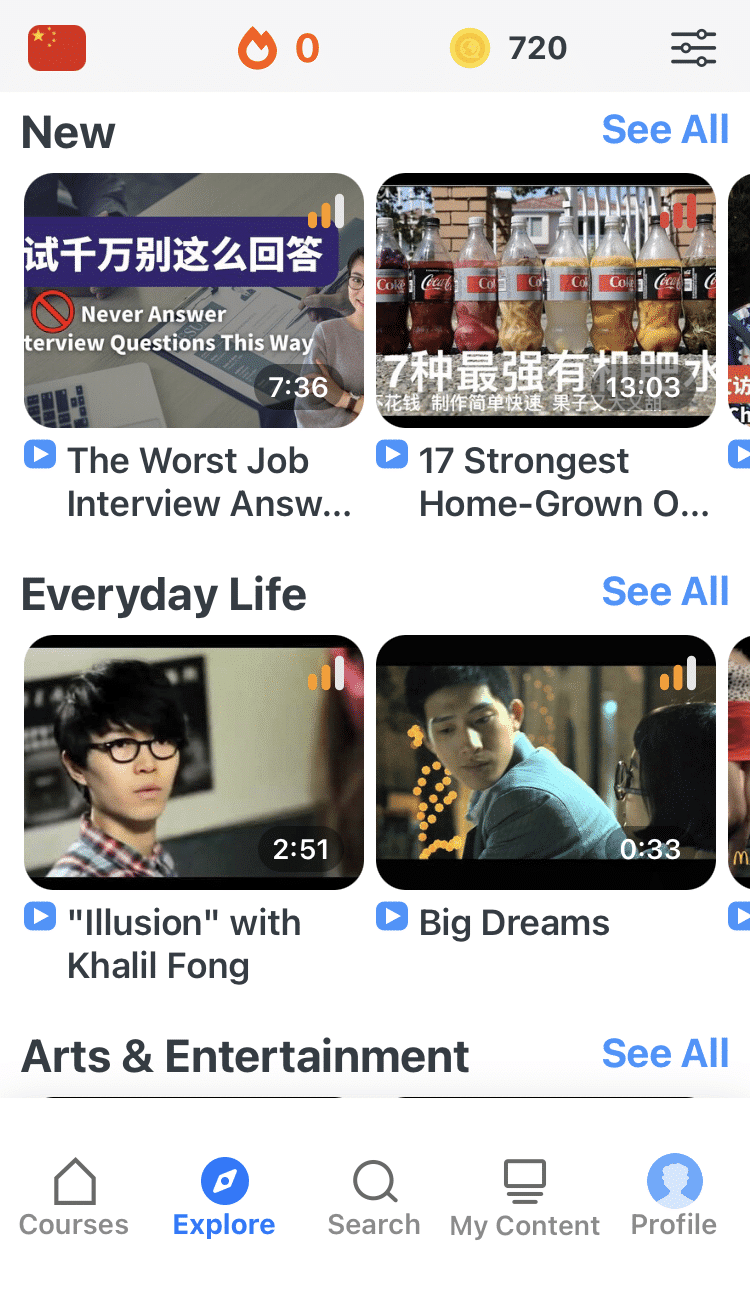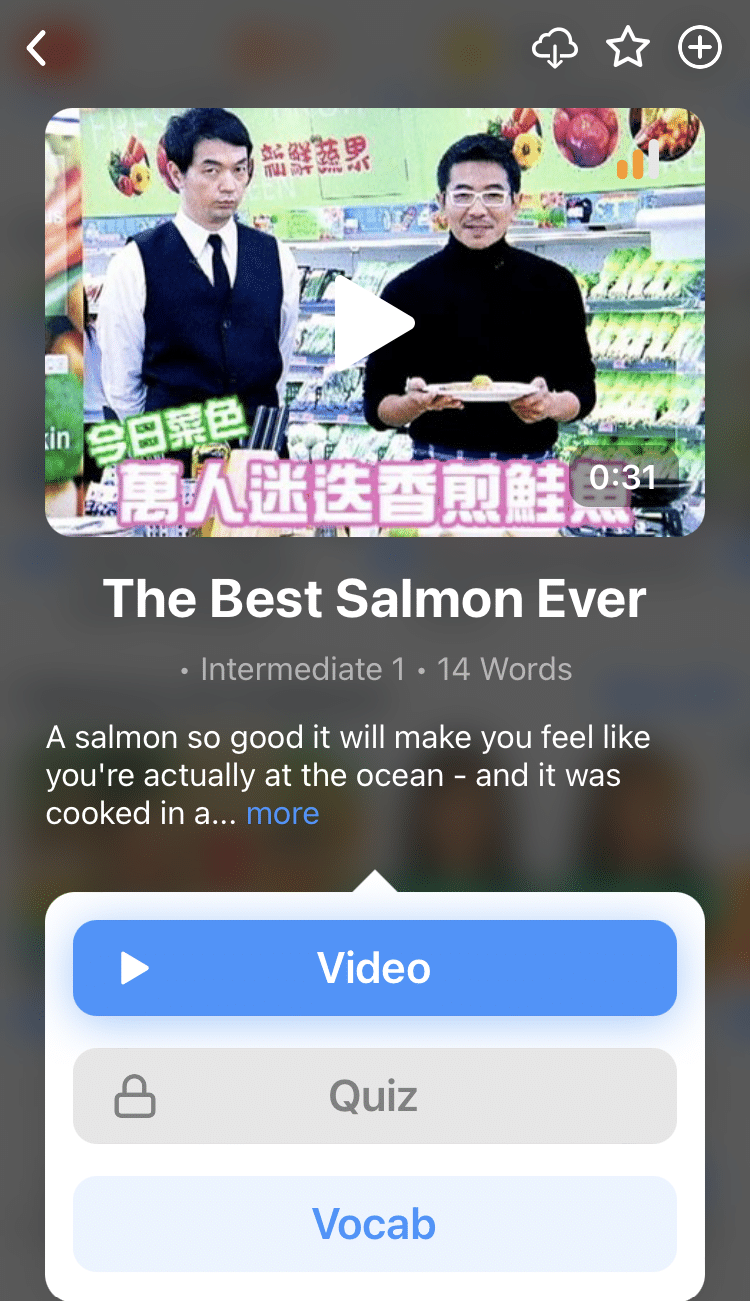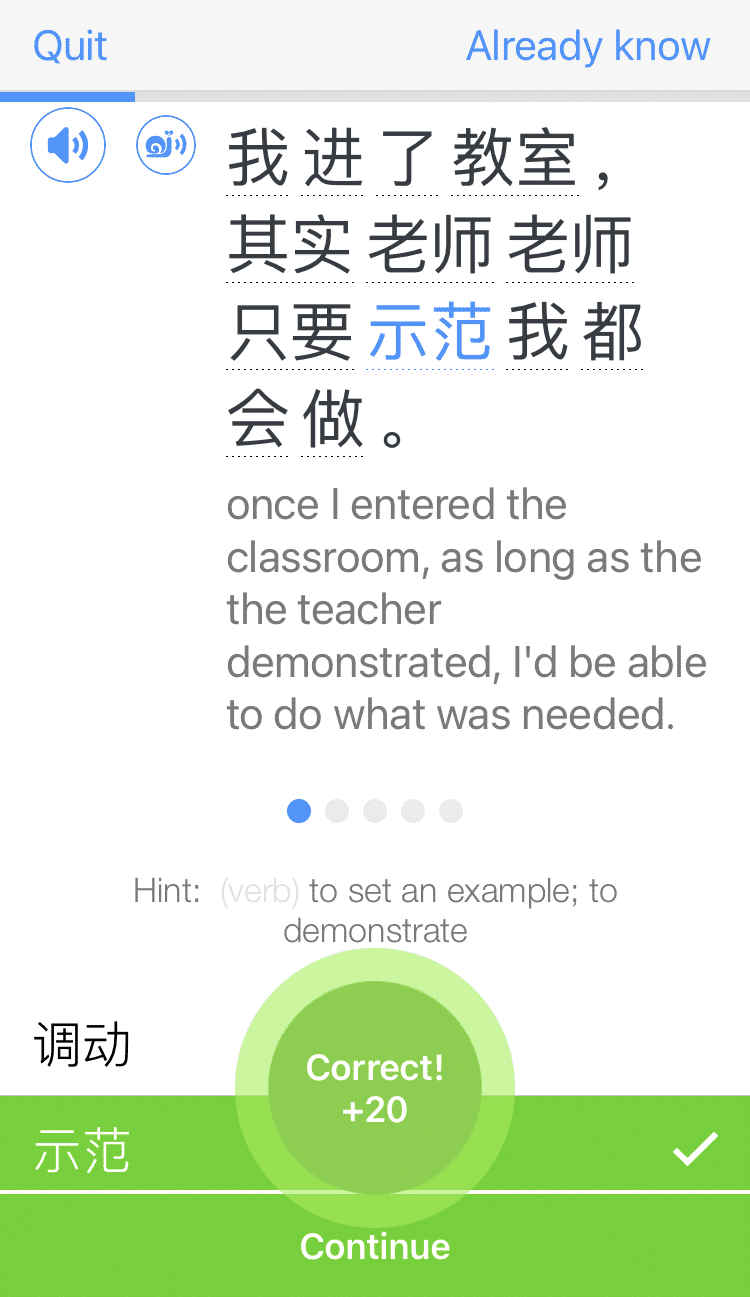
Instant Mandarin: 7 Chinese Character Recognition Apps
Not all Chinese translator apps have optical character recognition, or OCR, which lets you snap a photo of characters or upload a screenshot to get a translation.
That definitely comes in handy. Ever had to order from a Chinese menu with no pictures, for instance?
Even though I studied Mandarin for most of my childhood and know a variety of restaurant phrases, I still have trouble identifying some food items here and there.
All the apps below have OCR capabilities, and most have additional features as well to help you navigate local menus, read street signs or simply figure out the Chinese text you see around you.
So read on for seven Chinese character recognition apps to get you started!
Contents
- Pleco Chinese Dictionary
- Scan & Translate
- Translate Box
- Waygo
- Microsoft Translator
- Translate
- And One More Thing...
Download: This blog post is available as a convenient and portable PDF that you can take anywhere. Click here to get a copy. (Download)
Pleco Chinese Dictionary
Price: Free with in-app purchases
Translations: OCR, handwriting, text
One of the most popular translation apps out there, Pleco Chinese Dictionary takes the cake in terms of a well-rounded language translation app.
A leader among language dictionary apps, paid capabilities include a document reader, flashcard study tool and stroke order diagrams.
Another thing that puts it above the rest? There are no ads. Yes, you read that correctly. No ads!
Although this isn’t really a disadvantage, one might be overwhelmed with the amount of information supplied when looking up a certain word or scanning text via the camera. Some people just want an app that provides the translation, nothing more. On the other hand, some students will love all the contextual info that comes with their searches.
Scan & Translate
Price: Free for 10 translations per day, with in-app purchases
Translations: OCR
Looking for a well-received app that supplies fast, reliable translations? Scan & Translate is a strong contender.
The app boasts faster response time than similar products and features competitive rates for premium services.
You can save translations and share them through social media, SMS and email. You can also listen to the translations via audio playback.
As for the disadvantages, you’re only allowed 10 free translations per day, and similar to other apps, an internet connection is required. Not to mention, this app does exactly what its name says and nothing more. Then again, if you’re not that tech savvy, this might be the one for you!
Translate Box
Price: Free with in-app purchases
Translations: OCR, text, voice
Translate Box is something of a translation aggregator, if you will, utilizing results from several of the best-known translators to help you get exactly what you need.
With side-by-side translations from the heavyweights Google Translate, Microsoft Translator, Yandex Translator and Baidu Translator (a cult favorite for accuracy), you can easily compare translations to determine which one makes the most sense.
However, the interface looks a little messy with all of the translations listed one after the other. For tablets or phones with bigger screens, it might not be as bad, but it looks pretty cluttered on the average-sized phone screen.
You might also be irritated by the number of times the app asks if you’d rather “continue with ads” or “upgrade to premium.” If you’re on a budget, though, perhaps having the most accurate translation is worth the sacrifice of seeing ads.
Price: Free with in-app translations
Translations: OCR, in-app text
WeChat seems to be the odd one out of the bunch, given that it’s primarily used as a communication tool. But its features include WeChat wallet and mini-programs that allow you to book train tickets, order taxis, rent bikes, order food… you name it!
One of the recent additions to this already all-encompassing app is something called “Scan to translate.” WeChat has updated the camera feature to include an OCR translation option, a major step up from the original translation capabilities: texts within chats and the “Moments” page.
“Scan to translate” eliminates the need open up or download another app to scan Chinese road signs or restaurant menus when in China. It’s convenient for those who use the app on a daily basis, and often more reliable than others like Microsoft Translator.
Then again, you will need to be online to scan. But that’s still better than needing to exit WeChat anytime you need a translation!
Waygo
Price: Free for 10 translations per day, then $6.99 for unlimited Chinese translations
Translations: OCR
At first glance, it doesn’t seem like Waygo offers much that gives it an edge over other Chinese character recognition apps. But there’s one huge difference: It’s an offline translation app.
Reviewed across media outlets such as The New York Times, TechCrunch and plenty of others, this app is definitely worth a shot. Plus, translations of Chinese dishes are accompanied by pictures, so you also know what they look like.
Of course, as an offline app, Waygo may be limited in terms of translations stored in the database. It also might be a disadvantage to some that it only offers OCR translations and not the typical text translations.
Even though you’ll have to pay for unlimited translations, an offline OCR app is just what you need when you’re out of network coverage and have no access to Wi-Fi.
Microsoft Translator
Price: Free
Translations: OCR, text, voice
This classic translator app covers all the stops and can assist with translating typed text, speech and photos.
To use it as a Chinese character recognition app, you can simply take a picture directly in the app. The software will then provide you a translation of the text in the image. You can also upload photos you’ve taken previously to access translations in the same way.
There are two particularly great aspects of Microsoft Translator. The first is that it’s completely free. For multiple translation methods and over 100 languages available, that’s quite the deal.
Secondly, Microsoft Translator is usable offline. So if you’re traveling in China, for instance, you’ll need to download the language you’re translating from (Chinese) as well as the language you’re translating into. But then you’ll be free to use it as you please no matter the Wi-Fi situation.
Translate
Price: Free
Translations: OCR, text, voice
Designed by Apple, this app can be used by iPad and iPhone users. Its OCR feature can translate both simplified and traditional Chinese characters.
Take a picture on the in-app camera to get translated text overlays of any Chinese you’re looking at. You can also upload your own photos of text for translations and zoom in to see more detail.
The Translate app can be used offline, if you download the languages you need ahead of time. You can also ensure your translations are private whether you’re on the go or connected to the internet.
Additionally, this app has a built-in dictionary. If you don’t know the translated word, simply tap it for a definition. And if there are words and phrases you use often, you can save them as “Favorites” for quicker access later.
It doesn’t quite boast the same usability as other apps on this list, but if you have an Apple device and need an offline OCR app in a pinch, this could certainly help you out.
If you want to start learning to read Chinese characters on your own, there are lots of great apps and other resources to help you.
FluentU, for example, is an immersive language-learning platform that teaches you Chinese using authentic videos.
FluentU takes authentic videos—like music videos, movie trailers, news and inspiring talks—and turns them into personalized language learning lessons.
You can try FluentU for free for 2 weeks. Check out the website or download the iOS app or Android app.
P.S. Click here to take advantage of our current sale! (Expires at the end of this month.)
But in the meantime, character recognition apps are a great tool to get you through everyday Chinese reading challenges!
Download: This blog post is available as a convenient and portable PDF that you can take anywhere. Click here to get a copy. (Download)
And One More Thing...
If you want to continue learning Chinese with interactive and authentic Chinese content, then you'll love FluentU.
FluentU naturally eases you into learning Chinese language. Native Chinese content comes within reach, and you'll learn Chinese as it's spoken in real life.
FluentU has a wide range of contemporary videos—like dramas, TV shows, commercials and music videos.
FluentU brings these native Chinese videos within reach via interactive captions. You can tap on any word to instantly look it up. All words have carefully written definitions and examples that will help you understand how a word is used. Tap to add words you'd like to review to a vocab list.
FluentU's Learn Mode turns every video into a language learning lesson. You can always swipe left or right to see more examples for the word you're learning.
The best part is that FluentU always keeps track of your vocabulary. It customizes quizzes to focus on areas that need attention and reminds you when it’s time to review what you’ve learned. You have a 100% personalized experience.
Start using the FluentU website on your computer or tablet or, better yet, download the FluentU app from the iTunes or Google Play store. Click here to take advantage of our current sale! (Expires at the end of this month.)


